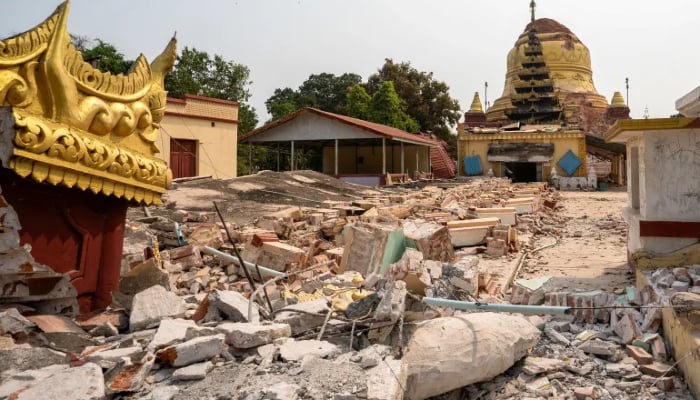
A major earthquake in Myanmar has caused more than 1,600 deaths and led to the collapse of numerous structures.
According to BBC, even though the south-east Asian nation is a high risk region for earthquakes, neighbouring Thailand and China - which were also affected by the quake - are not.
The Thai capital, Bangkok, sits more than 1,000km (621 miles) from the epicentre of Friday's earthquake - and yet an unfinished high-rise building in the city was felled by it.
Here we will explain what caused this earthquake, and how it was able to have such a powerful effect so far away.
What caused the earthquake?
The earth's upper layer is split into different sections, called tectonic plates, which are all moving constantly. Some move alongside each other, whilst others are above and below each other.
It is this movement that causes earthquakes and volcanoes.
Myanmar is considered to be one of the most geologically "active" areas in the world because it sits on top of the convergence of four of these tectonic plates - the Eurasian plate, the Indian plate, the Sunda plate and the Burma microplate.
The Himalayas were formed by the Indian plate colliding with the Eurasian plate, and the 2004 Tsunami as a result of the Indian plate moving beneath the Burma microplate.
Dr Rebecca Bell, a reader in tectonics at Imperial College London, said that to accommodate all of this motion, faults - cracks in the rock - form which allow tectonic plates to "slither" sideways.
There is a major fault called the Sagaing fault, which cuts right through Myanmar north to south and is more than 1,200km (746 miles) long.
Early data suggests that the movement that caused Friday's 7.7-magnitude earthquake was a "strike-slip" - where two blocks move horizontally along each other.
This aligns with the movement typical of the Sagaing fault.
As the plates move past each other, they can become stuck, building friction until it is suddenly released and the earth shifts, causing an earthquake.












